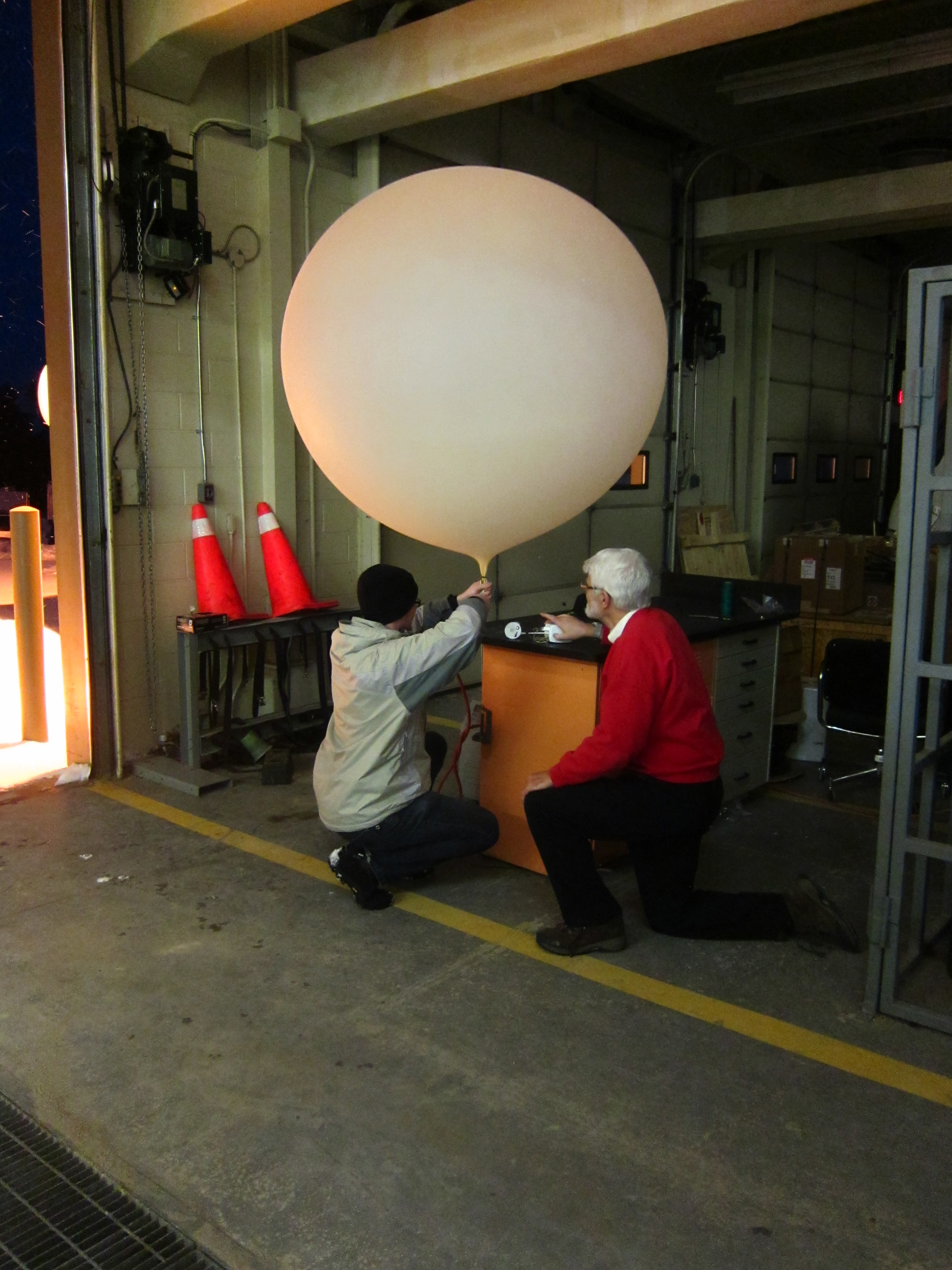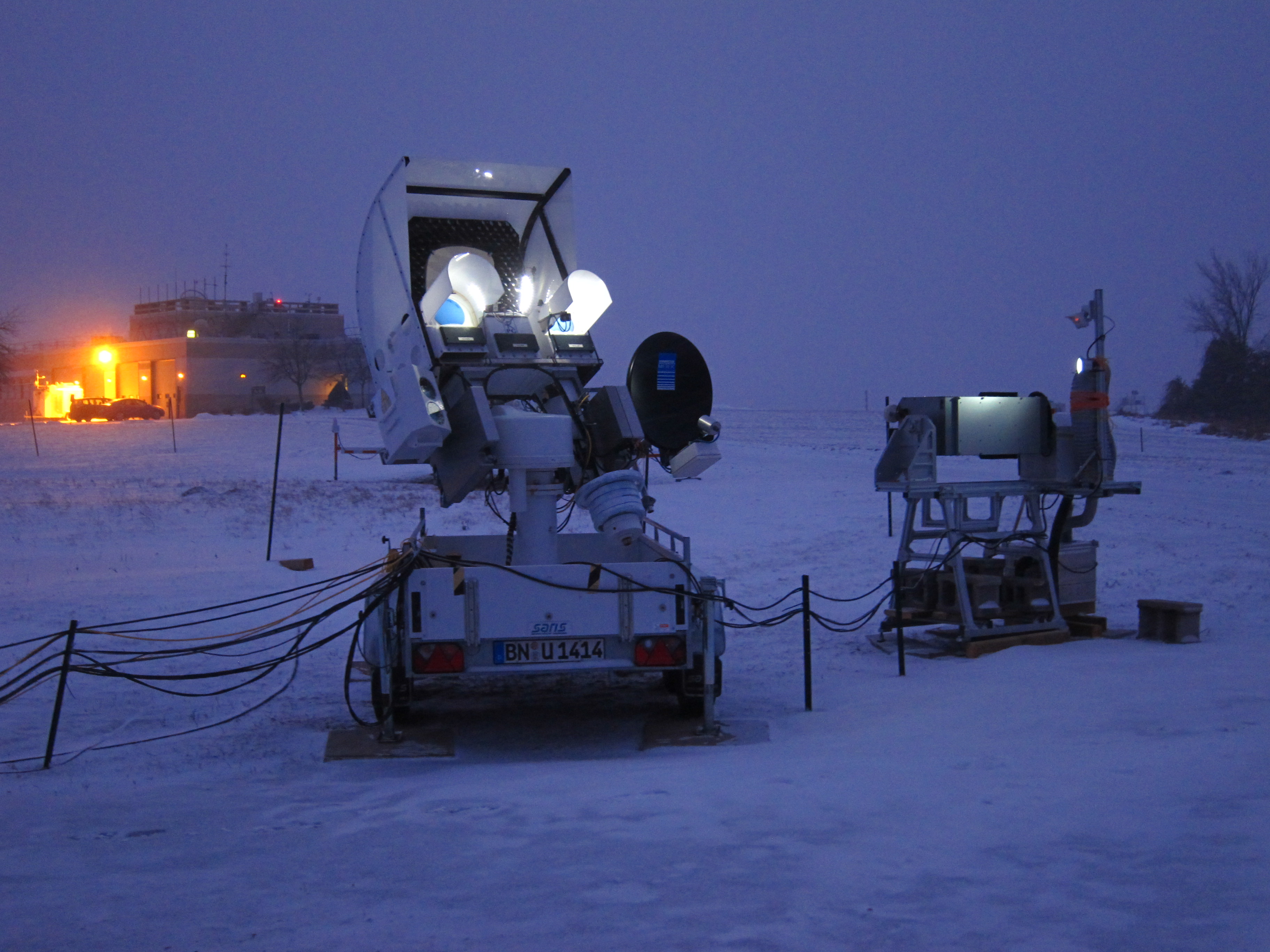Preparing for Radiosonde Launch at GCPEx

Image Caption
Preparing for the radiosonde launch – which measures weather conditions through the atmosphere as it ascends (12 Feb 2012)
Pictured: Dave Hudak (red sweater) & Stephen Berg





